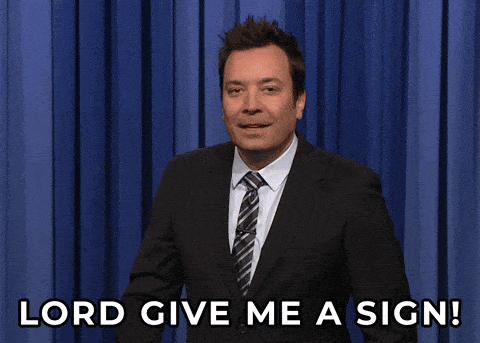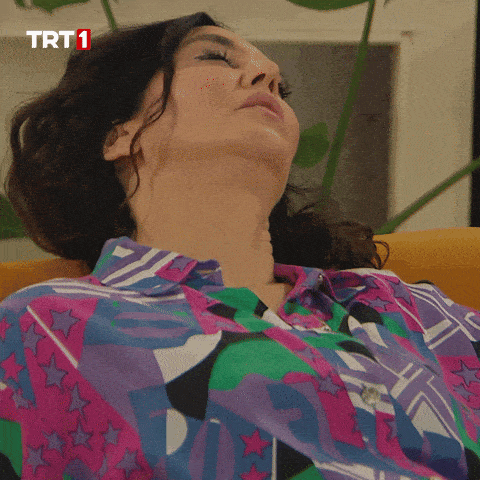Welcome to The Slow Newsletter, your weekly dose of dazzling, aha-moment-generating Vedic wisdom. The Slow is where we break down teachings on meditation and consciousness to inspire easy, abundant living—even in the most demanding times.
If you’d like to receive these insights directly in your inbox, click here.
💬 Quote of the Week

Contrast is SUCH a powerful teacher.
If you’re feeling dissatisfied or caught in a web of indecision, my best advice is to get moving.
Shake it up. Book a one-way ticket. Hit the road. Have an adventure.
Sometimes, the only way to get clarity is to create some contrast.
Take a step (even a messy one), change your surroundings, and gain some fresh perspective.
Action breeds information. And with new information, you’re way more prepared to take the next evolutionary step—and you’ll feel even more confident doing it.

Receive free weekly wisdom notes and practical tips.
Subscribe Now📚 Knowledge Sesh: Signs and Synchronicity
Ever wonder what’s really going on in those crazy, random moments in life? Like when you’re reminiscing about an old friend, and they text you minutes after you think about them? Or when you’re seated next to a quirky, awesome graphic designer on a flight, the day after you realized you needed to update your website?
We’re conditioned to brush these experiences off as mere coincidences. “That’s random,” we say. But what if it’s not? What if every “sign” is actually part of a cosmic game of connect-the-dots?

As our state of consciousness expands, we notice that these moments aren’t just occasional flukes—they’re happening all the time. It’s like life throws us hints and clues, as if there’s a rhythm and flow that we’re finally attuned to.
So why does this happen?
When we’re more conscious, we pay more attention. We begin to understand the language of Nature, which speaks in calm, quiet, and subtle ways.
Practicing Vedic Meditation helps us tune into this language. By purifying our physiology, releasing stress, and calming the chaos in our minds, we start to perceive the universe’s subtle patterns. The more we meditate, the more we notice connections between things that once seemed completely unrelated. We begin to see that there’s a sequence to everything—and for the first time, we get it.
With Vedic Meditation, we don’t just calm down—we wake up. We start recognizing how every moment is a nudge, a hint, or a clue from the cosmos. And once you see that, life becomes so much more vibrant, so much more meaningful. It’s like switching from a black-and-white TV to technicolor.
To read more about Vedic Meditation and how it can calm the mind and cultivate greater awareness, click here to reach an article I wrote about this very subject.
🛋️ Dear Susan: Can I Meditate Lying Down or Resting My Head on a Pillow?
“Dear Susan: I sometimes meditate by lying down or propping my head against a pillow. Why does my head need to be unsupported during meditation, as you recommend?”
– SA

Dear Reader:
One of Vedic Meditation’s most unique and powerful aspects is its ability to bring about a supremely deep level of restfulness by accessing a distinct state of consciousness known as Turiya.
Often called the Transcendental state of consciousness in English, the state of Turiya is separate from waking, sleeping, and dreaming states.
This fourth state allows us to experience “restful alertness,” where the mind remains fully awake and aware while the body rests more deeply than during ordinary sleep.
Two key elements are necessary to maximize one’s experience of Turiya:
- Correct use of a bija mantra, learned from a qualified Vedic Meditation instructor
- Maintaining a seated position where the body is completely relaxed, the back is supported, and the head and neck are free from support.
Research has demonstrated that other positions—such as lying down or resting your head against a chair or wall—do not produce the same effects in sustaining and replicating the experience of Turiya. One obvious reason is that lying down or having head support initiates slipping into the sleep state rather than experiencing the fourth state.
Additionally, without a Vedic Meditation bija mantra, the mind tends to remain at the surface level of thinking—the buzzy, noisy state we experience most of our waking hours—making reaching and sustaining the fourth state of consciousness more challenging.
This regular access to Turiya makes Vedic Meditation a truly transformative practice where we feel better, brighter, and more centered every day.






